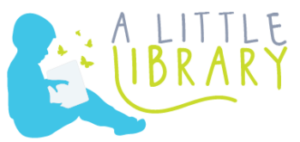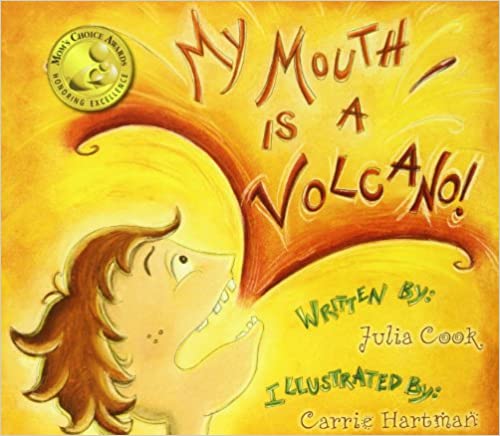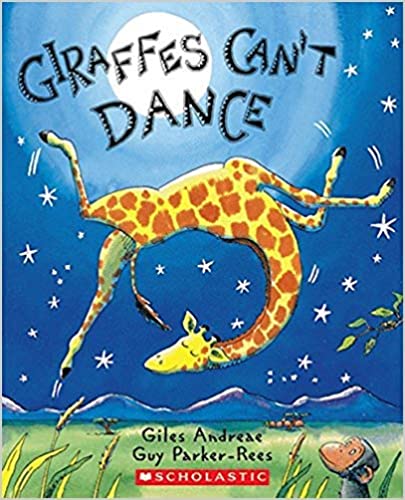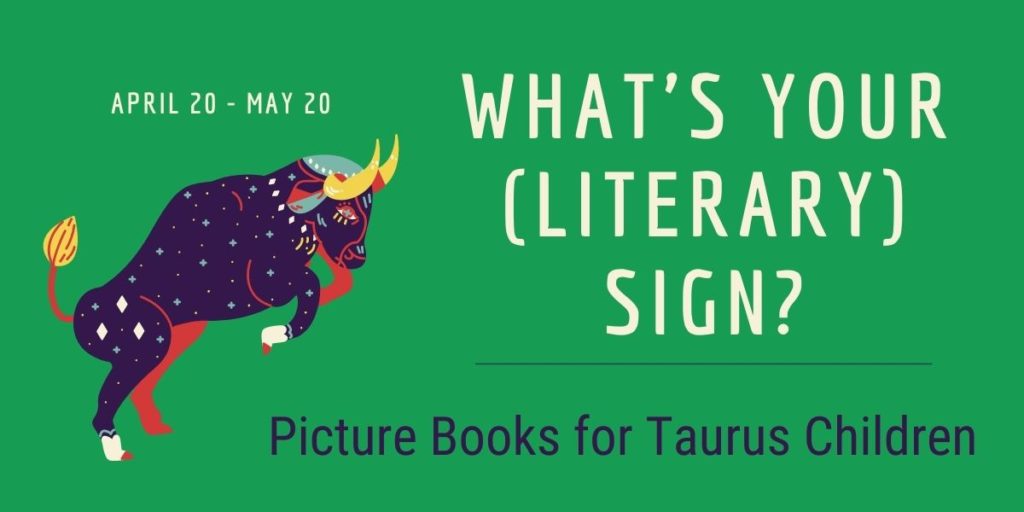books are a key resource for providing kids with good behavioral role-models.
Children are Mimics
Kids model their behavior based on the actions and words of the people around them. They watch and mimic what we as parents do and say. They watch and mimic their friends and teachers. They mimic what they see on TV and mimic what they see their favorite characters do in books.
Young children are constantly put into new situations where they lack experience or knowledge of social etiquette to know what actions should be taken. They may freeze, act out, or pretend they are a puppy dog like my daughter tends to do.
Kids learn how to respond and handle these situations by watching a peer or trusted adult, then modeling their behavior based on what they see. (Don’t curse at the driver who cut you off, unless you want tiny toddler to have a potty mouth – I’m looking at you, Steve!) Modeling behavior based on how their friends, teachers, and families act is how children learn what to do and how to respond to new situations and experiences.
Model Behavior by Showing instead of Telling
When I was younger I worked in a call center for SeaWorld. As new associates, we would sit next to our trainers and listen to them answer phone calls. I would listen to the words they said and the tone they used, and how they handled conflict, and when it was my turn to answer phone calls I kind of had that script in my head. I would model my phone call based on my trainer’s calls. I knew how a phone call would go and how to properly handle it from start to finish. We had a notebook with all the information needed to answer calls, but for me, listening to a sample call was the easiest way to learn.
You can train people by telling them what to do, but showing someone by modeling that behavior yourself is even better. For example, you can tell your child to say thank you, but when they see you and other figures they trust and interact with say please and thank you, they really understand it is something that we do in polite society and where and when it is appropriate.
Children will mimic the good and the Bad
Children mimic us and model behavior after what we do; the good things and the not so good things. Ava loved watching Mickey Mouse Clubhouse when she was younger. It was entertaining and a good show to learn counting and colors and shapes. Mickey and Minnie and Goofy and all the characters were kind and polite to each other. It was a good show for Ava to watch to model her behavior after these kind characters.
As she started outgrowing Clubhouse, she moved on to watching Mickey Mouse Shorts. While entertaining, these short shows featured Mickey and the gang who were not the cheerful and kind characters that Mickey Mouse Clubhouse portrayed. They acted like pre-teenagers and were snarky and whiny. The show reminded me of Ren and Stimpy. Don’t get me wrong, the Shorts are entertaining and funny, and will be great for Ava when she’s a little older, but now she’s young and impressionable and these are not the Mickey Mouse characters I want her to model her behavior after.
My point being, be careful about what media your children consume at a young age as they will model the behavior they see, good or bad!
Choose Books that Model Behavior you Want Your Child to Emulate
The books and the shows that your children consume will be role models for their behavior, so choose books and shows that exemplify the behavior you want your child to model and that will guide your child on how to handle a situation.
Find a book series with values and behaviors that match your own values, just as you surround yourself with people with similar values. In our household, we are fans of The Berenstain Bears series by Stan and Jan Berenstain, and the Little Critters series by Mercer Mayer. They both put children in situations and model social behaviors that we like to emulate.
Some children’s books specifically target a behavior you would like to work on. My Mouth is a Volcano has helped us with interrupting. Hands are not for Hitting is good for learning not to hit our friends.
Humans in general tend to learn by mimicking and modeling the behavior they see in others, especially children because they’re learning so much in so many different situations. Use children’s books to help you show the behavior you want your child to use, and they will naturally learn that good behavior.
Giraffes Can’t Dance Book Review
GIRAFFES CAN’T DANCE Written by Giles Andreae & Illustrated by Guy Parker-Rees My daughter received…
Children’s Books for the Young Taurus
Taurus: April 20 – May 20 It’s time for more fun with the astrological star…
The Best Poetry Books for Very Young Children
National Poetry Month! My babies heard a lot of their first poetry when bathing or…








